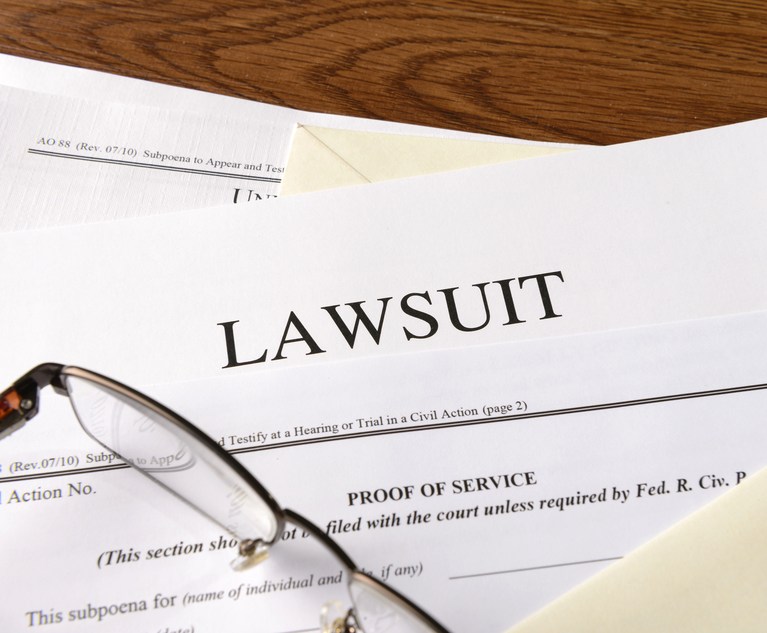Harvey Weinstein may actually have caused more people to talk about sexual harassment in the workplace than Anita Hill did. While the topics of discussion may range greatly, in corporate America one common question keeps rising to the top: What should a company do when presented with an allegation of sexual harassment or a sexual relationship between co-workers? To answer that question properly, you need to start with three basic questions:
- What is sexual harassment?
- What is an employer’s responsibility as it relates to sexual harassment?
- What should an employer do about consensual, sexual relationships?
Definition of Sexual Harassment
Sexual harassment falls into two categories: quid pro quo (i.e., something for something) sexual harassment and hostile work environment. At its core, sexual harassment consists of unwelcome (meaning not consensual) sexual advances, requests for sexual favors, and other verbal or physical conduct of a sexual nature where the conduct impacts an employee’s employment, unreasonably interferes with the employee’s work performance, or creates an intimidating, hostile or offensive work environment. With both types of harassment, the victim and harasser can be any gender (i.e., they can be of the same or differing genders.)


 April Boyer and Mallory Cooney.
April Boyer and Mallory Cooney.




